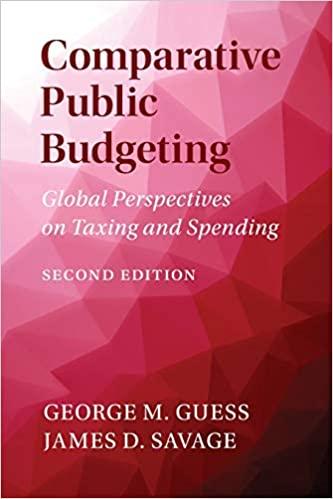Question
Which of the following is generally used to represent the risk-free rate of return? A) The rate on an FDIC-insured savings account B) The rate
Which of the following is generally used to represent the risk-free rate of return?
A) The rate on an FDIC-insured savings account
B) The rate on a 3-year certificate of deposit
C) The rate on the 3-month U.S. Treasury bill
D) The expected return on the S&P 500 Index
The point of tangency between the efficient frontier and an investor's utility indifference curve shows:
A) the portfolio with the highest return
B) the portfolio with the minimum variance
C) the most desirable portfolio for the particular investor
D) the risk-free rate
The "equity risk premium" (or "market price of risk") is the difference between returns on common stocks and the return on:
A) Treasury Bills
B) Gold
C) Silver
D) Real Estate
Your investment management client that he "wishes to obtain a 12% return with little or no risk."
A) The client should be invested in U.S. Treasury Bills
B) The client should be invested in Long-Term Government Bonds
C) The client should be invested in Small Capitalization Stocks
D) The client should be told that a 12% return and little or no risk are incompatible objectives
Step by Step Solution
There are 3 Steps involved in it
Step: 1

Get Instant Access to Expert-Tailored Solutions
See step-by-step solutions with expert insights and AI powered tools for academic success
Step: 2

Step: 3

Ace Your Homework with AI
Get the answers you need in no time with our AI-driven, step-by-step assistance
Get Started


